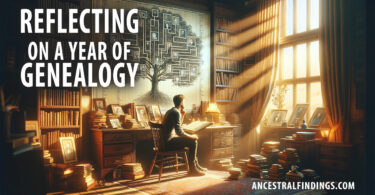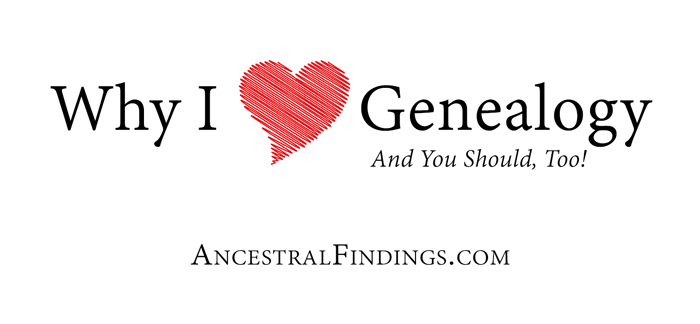Researching family history and exploring ancestry is a hobby for a growing number of people. Many dip in and out, take sketchy notes, and randomly research birth records, death records, marriage records, and maybe immigration records. That approach will reap some rewards, some information. Notes may be scattered and sketchy.
How to Develop Good Research Habits
However, to reap good results, it is necessary to work at the research steadily, to take detailed notes, and, perhaps most importantly, to have a plan. Genealogy research is like any other historical research, only personal. It begins with knowing the sources and where to find them. Next, a research plan is set out. For example, “To research the life of my grandfather from 1930 – 1945”. A single focus and a time frame are important. Many people scatter their efforts over too wide a spectrum. Focus means a family tree is built one leaf at a time.
Identify Sources
Next, sources are identified, beginning with public records of birth, death, and marriage. There is a wealth of information available online, but local records tell stories no online database can hold. Everyone likes “free” and so the researcher should identify sources for free genealogy research. Sources of records can be original or copies of originals (e.g. birth records). Online sources often provide both copies and outlines of information contained in the original. Sources can also be derivative. For example, a researcher may view the family tree of another researcher. With any form of derivative source, verification is important. Keeping records is vital.
Public records and the work of others provides the outline, information such as the birth date and date of death. Next, the researcher looks for primary and secondary sources of information. Primary sources include personal letters or diaries written by the subject or contemporary newspaper reports. Secondary sources would include local history books. Whatever source is used, the researcher should note the source, using standard citation formats.
Have a Goal
Some people are content with simply building a family tree.
Others want to tell the story of their family or a particular person. For the latter, taking the research to the local level is key, as is exploring local history books.
Telling the story of a grandfather is akin to putting together jigsaw pieces. Dates for important life events are the beginning. Adding in information from letters or diaries that are directly connected to the grandfather add a personal dimension. The final piece of the puzzle is setting the broader picture of the time and the place using local histories and newspaper reports.
Genealogy research, especially family time spent working on research together, brings the past into the present and brings families together. And it preserves the past for future generations.




